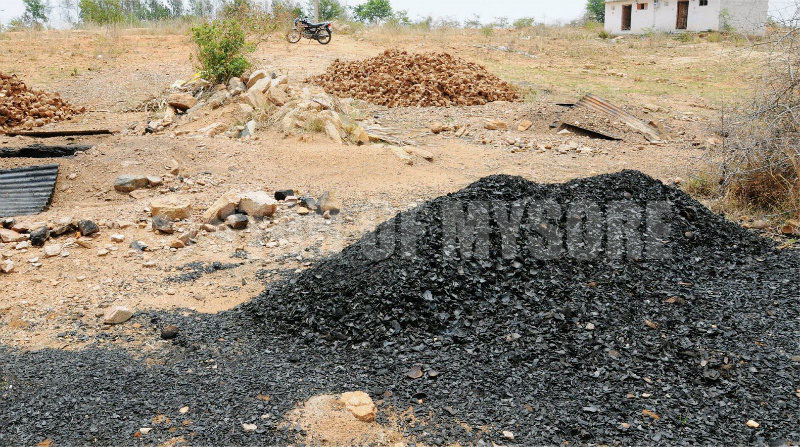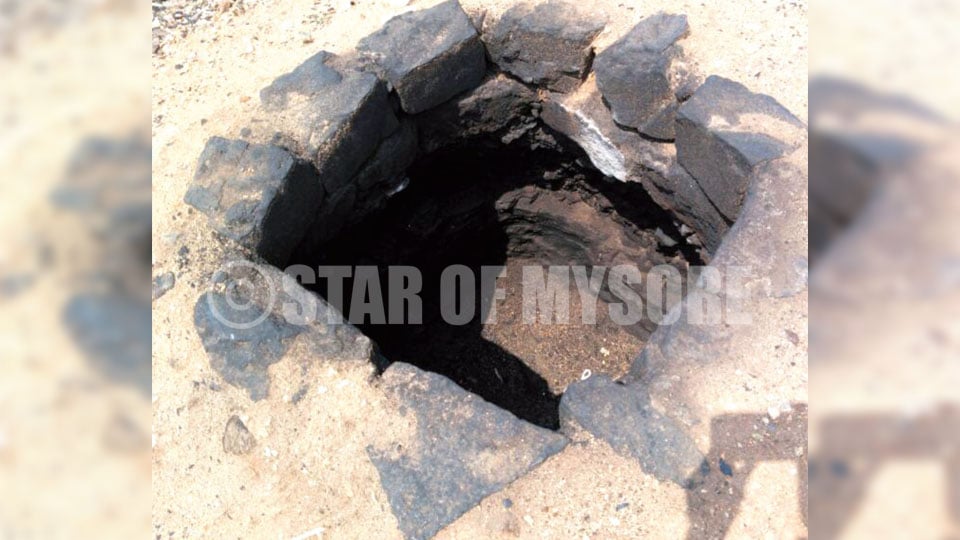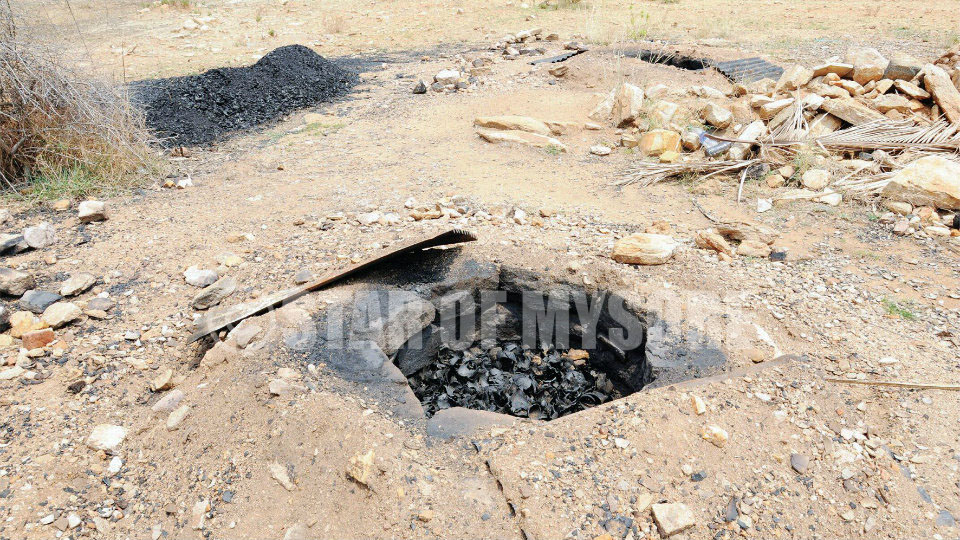Mysuru: A unit of National Security Guards (NSG) that specialises in explosives and radiation accidents is in city to probe the mystery fire that occurred at Shyadanahalli near Belavatha killing a teenager recently.
Taking the incident seriously and considering its gravity, a four-member team from the NSG has arrived in city this morning for investigation.
Police sources told Star of Mysore that the team is headed by Vishwanathan, a Superintendent of Police-ranking officer. The team is put up at RMP Guest House, Lakshmipuram.
The NSG team is expected to visit Shyadanahalli in a day or two after completing the preliminary ground work.
Police sources said that the NSG team will probe the incident independently and will have no contact with the local Police or other investigating teams.
The NSG’s primary role is to combat terrorism in whatever form and is specially equipped and trained to deal with specific situations to be used only in exceptional situations. Sources said that the team would have visited Mysuru to probe the “mystery fire” under instructions from the Central Government. It will probe the effects of radiation as the team has been trained to handle such sensitive situations.
In a report submitted to Deputy Commissioner D. Randeep, S. Rajashekar, an environmental engineer who has done his M.Tech in Chemical Engineering from Mysuru has said that biomass accumulation under the sand was the cause of fire. “Biomass dumps from nearby units that convert coconut shell into charcoal could have caused the accident,” he said.

“The affected area is only around 20 ft by 20 ft out of 4-acre plot and the area has deposits of biomass. There is a presence of carbon in the form of charcoal or bio-char which is a type of a bio-fuel. This is a low-lying area and as rainwater flows, it carries fine sand and other materials. Also there is a sewage dump that adds to the bio-mass,” he stated in his report.
As the fine sand is dumped on the biomass, there is no space for the oxygen to enter inside. “Due to summer heat, the biomass reaches a temperature of more than 100 degrees and the process is called pyrolysis where gases like methane and hydrogen are released. These gases have no escape route since fine sand is covered on it. When we throw a stone, the stone displaces the sand and makes way for the gas to escape. While escaping, the gas catches fire due to heat from the sand friction,” Rajashekar explained.
That day, the fire started only when Harshal walked on the sand area with force, thereby disturbing the sand allowing the accumulated gases to come out due to pressure.
Supporting his findings, Rajashekar said that along with the industrial waste and other dumps, the area surrounding the incident spot is dominated by units that convert coconut shells into charcoal. “Once the charcoal is generated, powder waste is dumped in the area that leads to the accumulation of bio-char. The dumping process is going on here since months,” he said in the report.

Precautions at the site
Explaining the precautions to clear the affected site, Rajashekar said that the safe way was to provide a vent to the affected area by carefully digging holes around the site and allow the accumulated gases to escape. The soil must not be disturbed while digging and must be removed slowly.
Once the gases escape, the occurrence of fire can be eliminated and the biomass with excess heat inside must be allowed to cool down. Later, the cooled down portion of the biomass must be removed from the site and this allows further cooling of the biomass. The process must be carried out until entire biomass is completely removed from the affected site, he has stated.








Recent Comments